Durian - a billion dollar tree - can only maintain its form with organic durian like that of expert Huynh Quoi.
Dark painting
The method of doing things in the off-season to avoid market collisions is no longer effective. Longan, lychee, durian, guava, rambutan... that do not overlap in the favorable season will also overlap in the unfavorable season. Many types of fruits that are separate from the export supply chain, according to the Vietnam Customs Department, in the first 5 months of 2025, Vietnam's fruit and vegetable exports reached 2.302 billion USD, down 13.5% compared to the same period in 2024. In the Chinese market alone, although earning 1.11 billion USD, accounting for 48.2% of Vietnam's total fruit and vegetable export turnover, it decreased by 35.1% compared to the same period in 2024. In May 2025, Vietnam's fruit and vegetable exports to China decreased by 39.7% compared to the same period last year. In June 2025, the situation improved when the lychee season was in full swing.
China, the US, South Korea, Japan and Thailand are the five key export markets for Vietnamese fruits and vegetables. In the first five months of 2025, Vietnam's fruit and vegetable exports to the US reached 207.8 million USD, an increase of 65.2% over the same period in 2024. In the near future, fruits from the US will enter Vietnam with a tax rate of 0%. Fresh and processed fruits from Vietnam to the US (basic tax: 5-10%) will be subject to an additional tax: +10%. The total rate will be from 15% -20%. Applicable to fruits such as mango, dragon fruit, lychee, rambutan, canned fruit juice, etc.
It is too early to say, but many traders say that apples, plums, cherries, pears, etc. in the Vietnamese import market will be genuine, not fake like before. Traders play an important role in this.
Ameii Vietnam Joint Stock Company, Red Dragon Production Trading Service Company Limited, Global Food Import Export Joint Stock Company have a lot of experience in bringing Vietnamese lychee to the Japanese, American, Australian markets, or like Chanh Thu group, Vina T&T once called for going together, connecting each small garden to operate in the supply chain, exporting enterprises connecting with commercial counselors and importers...
Lessons in the sights of global traders
Exporting fabrics is a “hard-won” lesson in the art of attracting the attention of global traders. Although not completely satisfied, analysts at Research and Markets believe that the global market is paying more attention to the image and impact of Vietnam’s concentrated cultivation areas, quality standards and external connections.
Notably, China, the world's largest lychee exporter, has purchased at least 80-90% of its lychee output from Vietnam, according to analysts. There are various forecasts, according to Research and Markets, which analyzes market share, the value growth trend in the lychee market will skyrocket from $6.73 billion in 2023 to $8.79 billion in 2028, achieving a compound annual growth rate (CAGR) of 5.5% during this period. Meanwhile, Vantage Market Research forecasts the growth of the global lychee market from $10.3 billion in 2021 to $13.46 billion in 2028, with a CAGR of 3.4% from 2022 to 2028.
Vietnam's lychee output in 2025 is expected to be over 303,000 tons, up 30% compared to 2024. Vietnamese businesses are consolidating their second position in the global lychee market.
Litchi chinensis, a fruit of the Sapindaceae family, is a premium fruit that has established itself in the international market and has won the hearts of consumers from all over the world. China is proud to say that lychees have been known for 2,000 years. Legend has it that during the Tang Dynasty, Yang Guifei, a favorite of Emperor Xuanzong of the Tang Dynasty, loved lychees so much that Emperor Xuanzong forced the people of Huanzhou to pay tribute to Yang Guifei for her to enjoy. It was not until Mai Shuluan's uprising was suppressed that the "lychee tribute" ended.
History, up to this point, shows that the South once had a type of fabric that was much more delicious than that of the Tang Dynasty.
Today, China, India, Madagascar and Vietnam are the countries supplying lychees. While Vietnam develops farms and growing areas with traceable origins, China and Australia focus on creating new varieties, especially seedless lychees. GreenAgrove (Malaysia) sells fresh seedless lychees from China; Tropical Planet Nursery (Australia) has provided seedless lychee seedlings and Ross Creek Tropicals (Australia) advertises a lychee called Sue Lin San that tastes like pineapple, according to EastFruit. Many places not only sell fresh, dried and canned lychees but also harvest honey from the moment the lychees bloom.
Making a mark with traders is crucial. The Australian fresh produce industry has launched a national campaign to encourage children to eat more fruit and vegetables, with celebrity entertainers (The Wiggles) joining forces. The initiative was launched in Brisbane at Hort Connections, attended by more than 4,000 growers and stakeholders.
Fruit processed products introduced at Mekong Connect Economic Forum 2024.
The International Fresh Produce Association Australia and New Zealand (IFPA ANZ) organised the event, with support from a range of industry organisations, to release research findings – which found two-thirds of Australian parents were feeding their children less than half the recommended amount of fruit and vegetables across the seven countries studied by IFPA ANZ.
The campaign quickly attracted sponsoring partners including AUSVEG, Hort Innovation, Perfection Fresh, Flavorite, Mitolo Family Farms and banana producers Premier Fresh and MacKays Marketing. IFPA ANZ represents the $24 billion industry and works to connect stakeholders across the entire flower and fresh produce value chain in both Australia and New Zealand.
South Africa also hosts tomato festivals in Johannesburg, which attract Stéphane Layani, CEO of Rungis Market in Paris.
In Bac Giang , instead of just “we and we” lion dances to celebrate export shipments, Dragonberry Produce has launched a cooperative certified lychee export program, marking a milestone in a long-term commitment to strengthening the Vietnam-US agricultural relationship through a sustainable and scalable supply chain. Dragonberry aims to trigger significant growth in the area and production of delicious Vietnamese lychees entering the United States.
The paradox of where we live
Since 15 years ago, the Southern Fruit Research Institute (SRI) has selected competitive fruit varieties to promote the growing areas towards export. In 2011, the dream of Associate Professor Dr. Nguyen Minh Chau, current Director of the SRI was 500-600 million USD in the next 5-6 years.
Resolution 120 (NQ-120) issued in November 2017 oriented the Mekong Delta's agriculture towards aquaculture, fruit trees and rice. In 2024, the Department of Crop Production (under the Ministry of Agriculture and Rural Development, now the Ministry of Agriculture and Environment) estimated the output of the Mekong Delta's main fruit trees (mango, orange, tangerine, grapefruit, longan, rambutan, durian, custard apple, jackfruit, etc.) to be about 5.7 million tons, an increase of 429,700 tons compared to the output in 2023.
Like rice, known as the largest rice granary in Vietnam, one of the world's leading rice exporting centers, but the harvest season has not made any mark to attract the attention of global traders. Even a newly published study: The Mekong Delta is facing challenges not only in food security but also in nutritional security and public health.
The Mekong Delta has an overweight and obesity rate of over 10.2%, ranking second in the country. The average rice consumption per capita is higher than the national average, but the amount of vegetables and fruits per person per day is only about 203 grams of vegetables and 115 grams of fruit per person per day, lower than WHO's recommendation (400 grams of fruit/day).
Rice is abundant, but the rate of obesity and diabetes tends to increase rapidly. Notably, the obesity rate among young people in the Mekong Delta is increasing the fastest compared to other regions nationwide, along with a higher rate of diabetes. Associate Professor, Dr. Dao The Anh, Deputy Director of the Vietnam Academy of Agricultural Sciences, said at the workshop "Solutions to transform the rice industry ecosystem in the Mekong Delta: Research, development and business" organized by Can Tho University in collaboration with the World Water Management Institute (IWMI) from June 25-26, 2025.
Comprehensive business model
Ms. Viviane Filippi, representative of the International Fund for Agricultural Development (IFAD), frankly said: “Despite achievements such as the “1 must - 5 reductions” model, SRP, or the 1 million hectare high-quality rice project, the expansion of scale is still difficult. The biggest challenge now is the expansion of ecological agricultural models on a large scale due to uneven awareness and conversion thinking of farmers, the in-field irrigation system is not synchronized, and the participation of enterprises in the value chain is still limited (only 40% of the rice area is directly purchased) along with gaps in monitoring, evaluation, technology application and value chain linkage”.
The Farmore app is considered a promising pilot, user-oriented and promoting interaction between actors. Although 74% of farmers are willing to apply digital applications, the actual adoption rate is only 4%, said Dr. Dang Kieu Nhan, Director of the Mekong Delta Development Research Institute.
There are three major challenges facing the Mekong Delta rice sector: 1. Climate change, land degradation and low farmer income; 2. High methane emissions, overuse of chemical fertilizers, droughts, floods and salinity are threatening production; 3. Small farm sizes (less than 1ha) and fragmented supply chains further reduce competitiveness and quality control.
Ecological farming, sustainable certification, technology application. In particular, using digital tools such as mobile applications, GIS, sensors to support farmers in real-time decision making. AI and satellite monitoring will enable CH4 emissions monitoring and remote farming at low cost, while generating marketable carbon credits. Connecting smallholder farmers to fair supply chains to ensure profits and safe rice for consumers. Building a comprehensive alliance between the Government, researchers, businesses and farmers to cooperate in policy development and promote innovation - Ms. Viviane Filippi emphasized: "First of all, we need to consider building databases and platforms, so that buyers can see the value of the products they buy is really worth it. Building databases, information platforms, improving farmers' capacity, along with developing cooperation models that meet investment needs and support policies... will be fundamental steps for this transformation.
Ultimately, a comprehensive vision for transformation in the Mekong Delta must include sustainable solutions: digital infrastructure and ecosystems, comprehensive business systems and smart tools, and smart capital models.
This observation is also significant for the fruit and vegetable industry. Currently, many traders are moving to the Central Highlands, where there are large-scale gardens with easy traceability to buy fresh fruit or standard processed ingredients.
Chanh Thu Group, a famous fruit exporter in Ben Tre, has also built a processing plant in the Central Highlands, making these large-scale growing areas not only increase the number of experienced, reputable businessmen and enterprises, but also demonstrate strong vitality and sufficient resources to promote the flow of fresh, deeply processed fruit for export.
Doing things the old way is making things difficult for yourself!
Article and photos: CHAU LAN
Source: https://baocantho.com.vn/nguon-loi-lon-dang-chao-dao-a188337.html


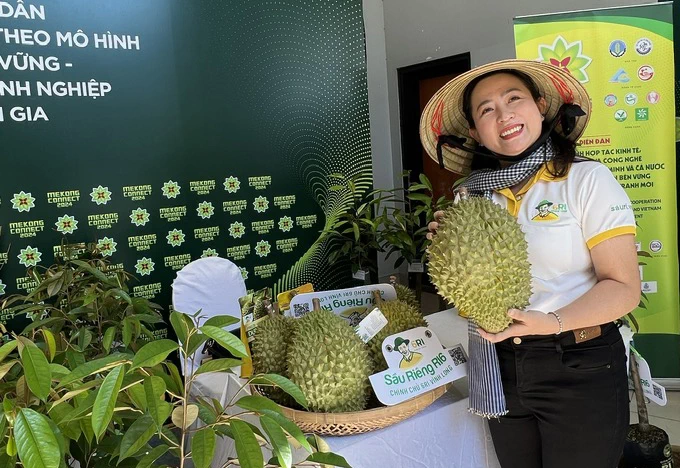
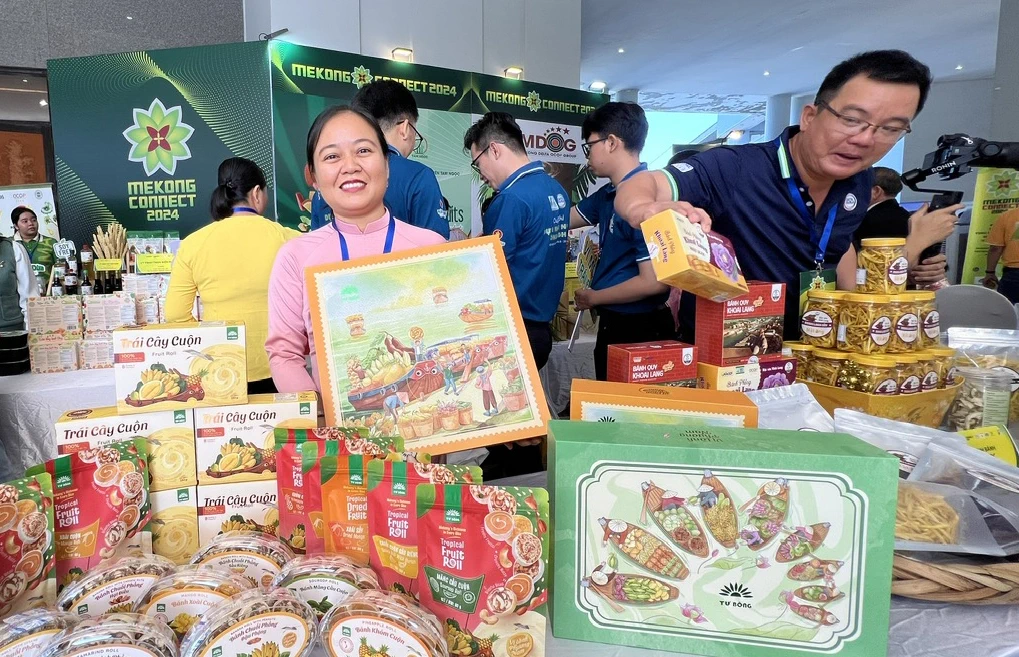


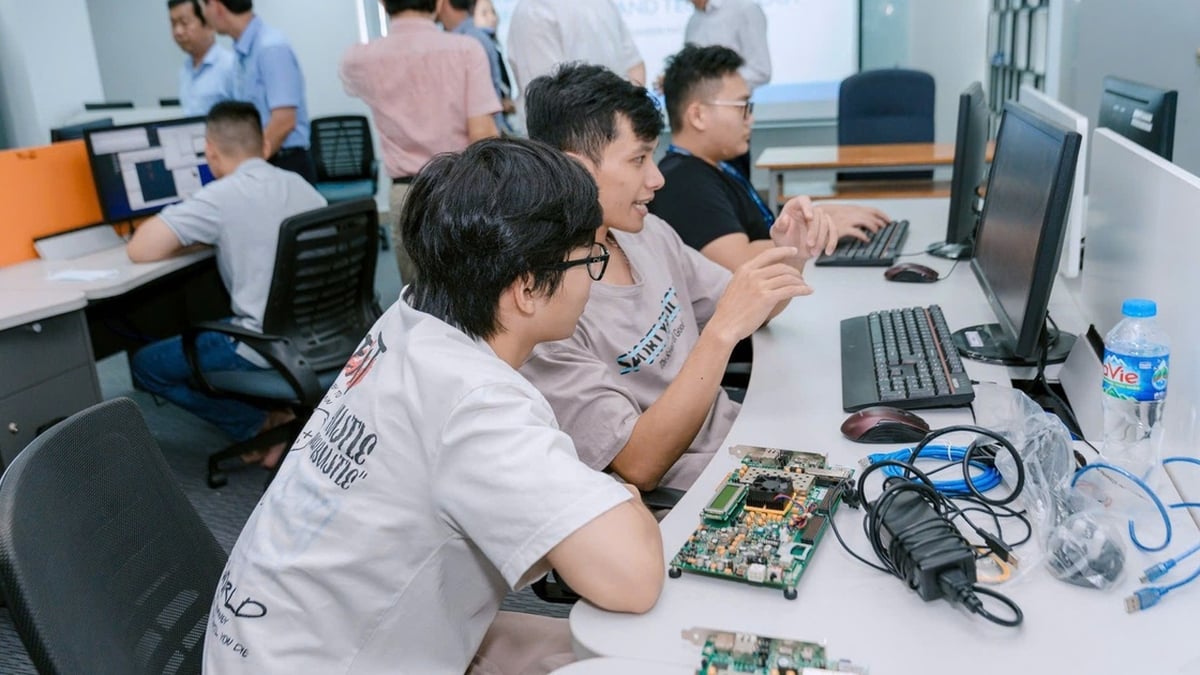
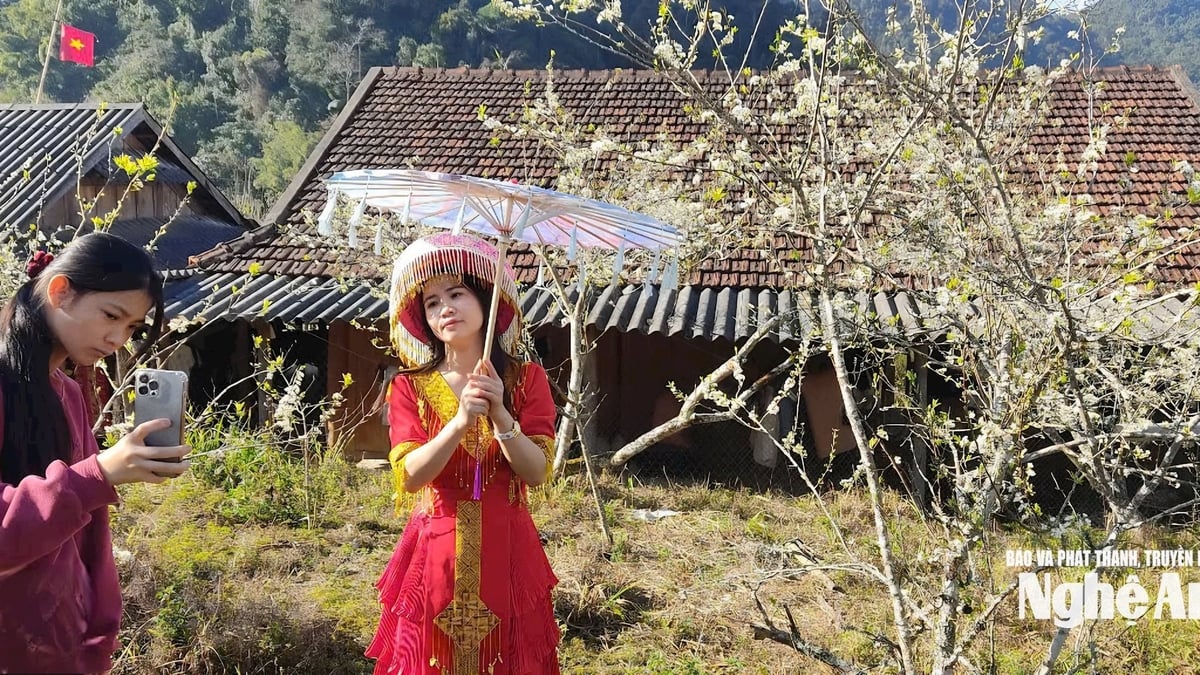
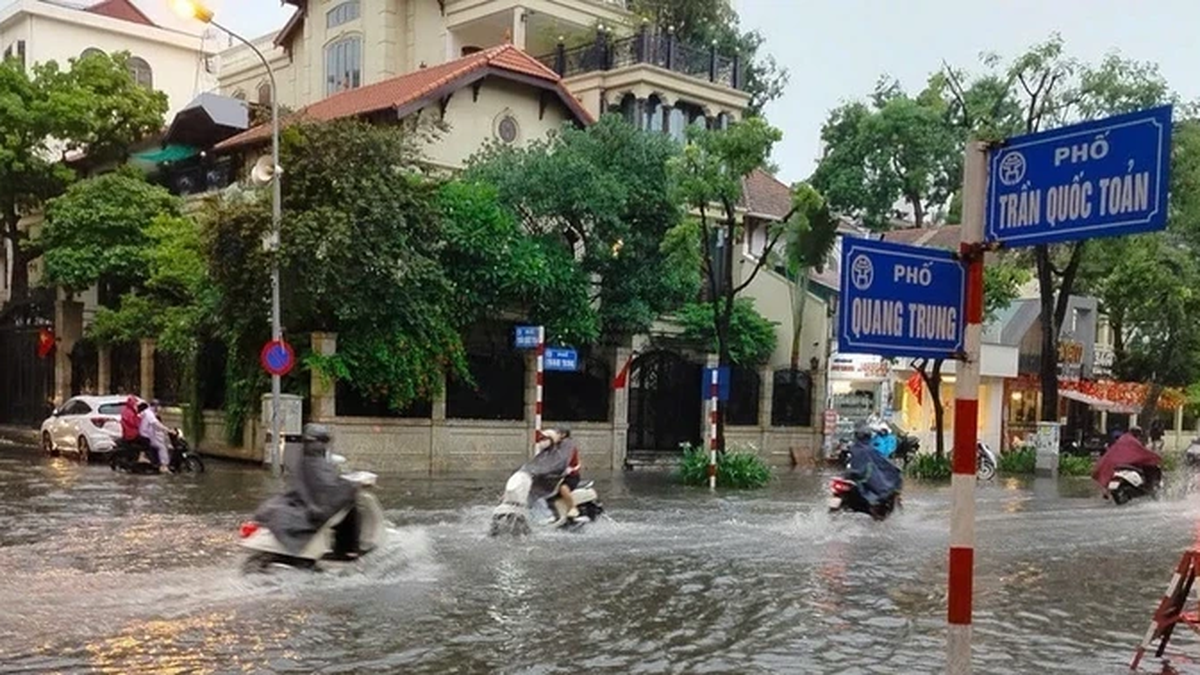
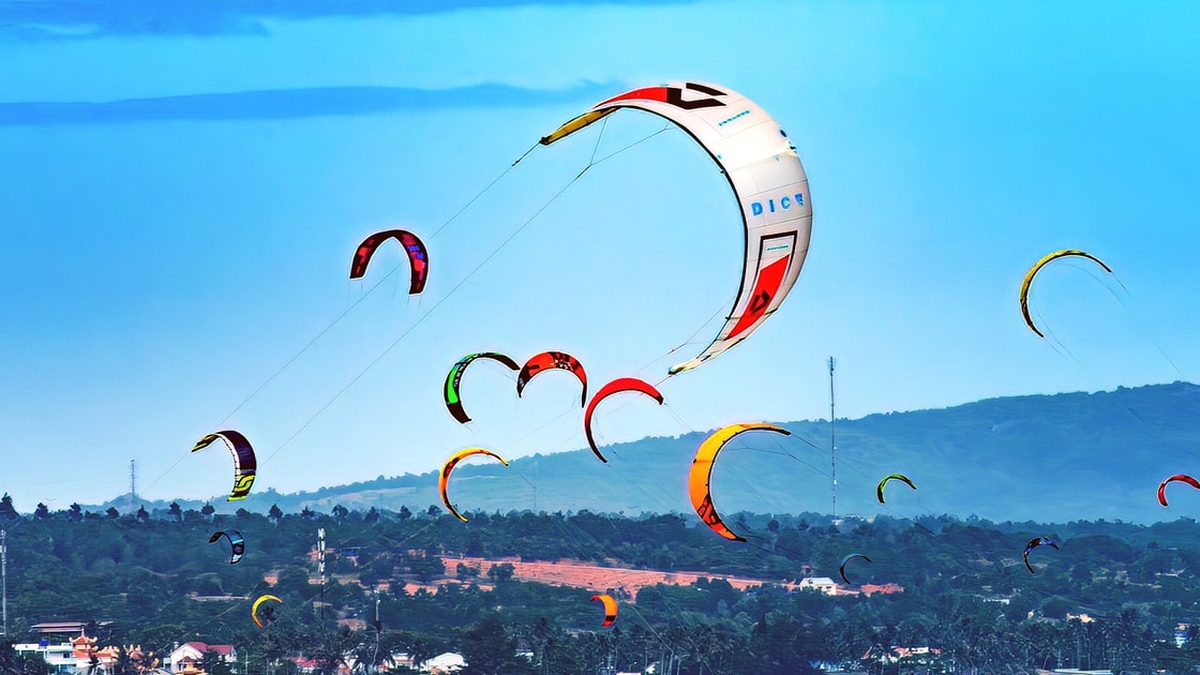

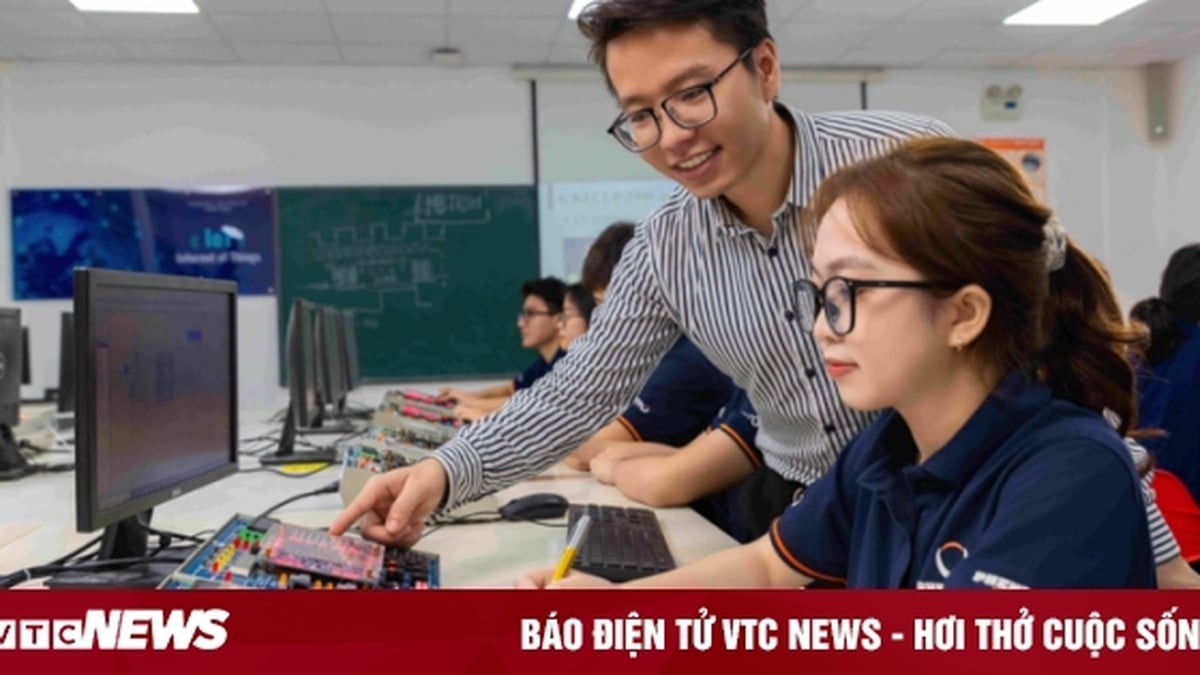
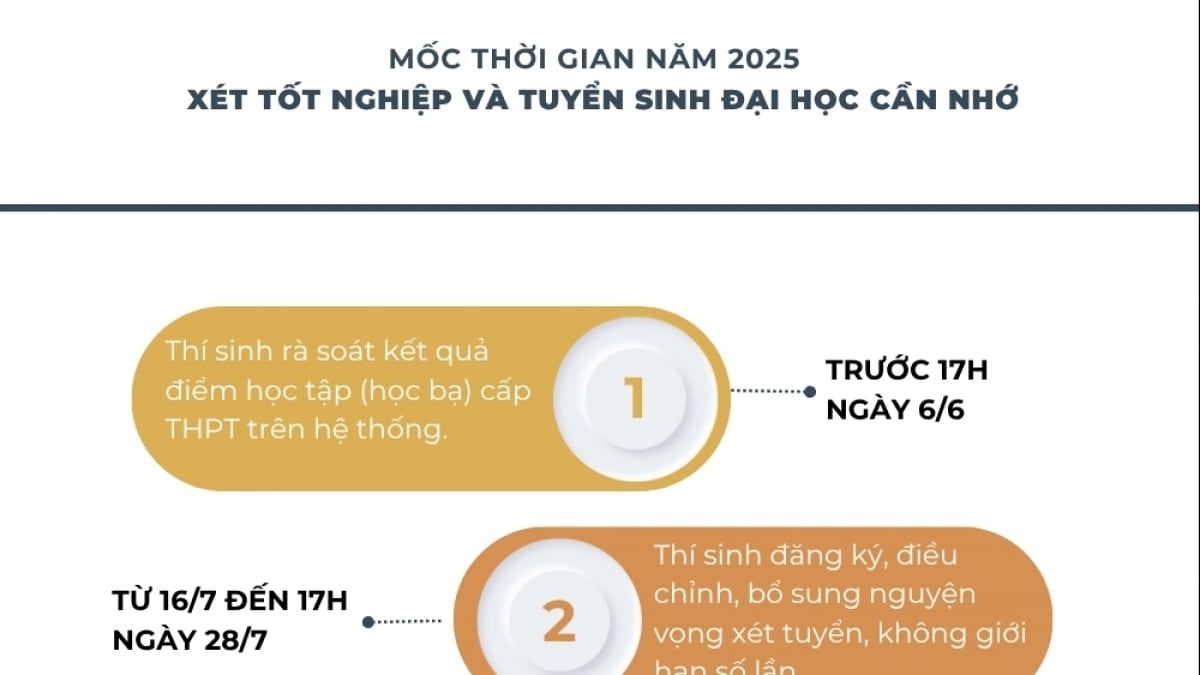







































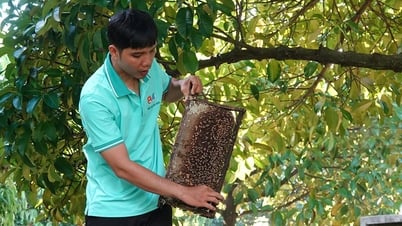



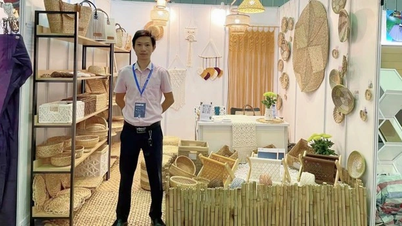










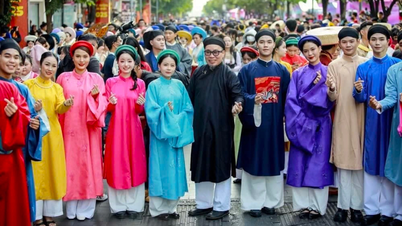

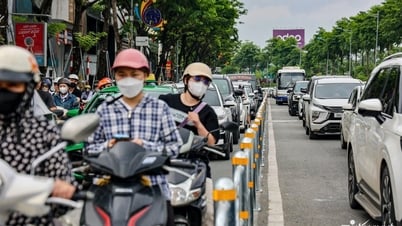

![[Photo] International community congratulates Vietnam on having more landscapes recognized as World Cultural Heritage](https://vphoto.vietnam.vn/thumb/402x226/vietnam/resource/IMAGE/2025/7/13/58ec71f73ae644bfb5bab9c99043bb7d)








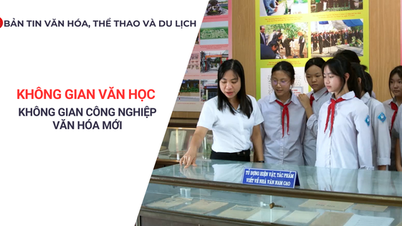
























Comment (0)